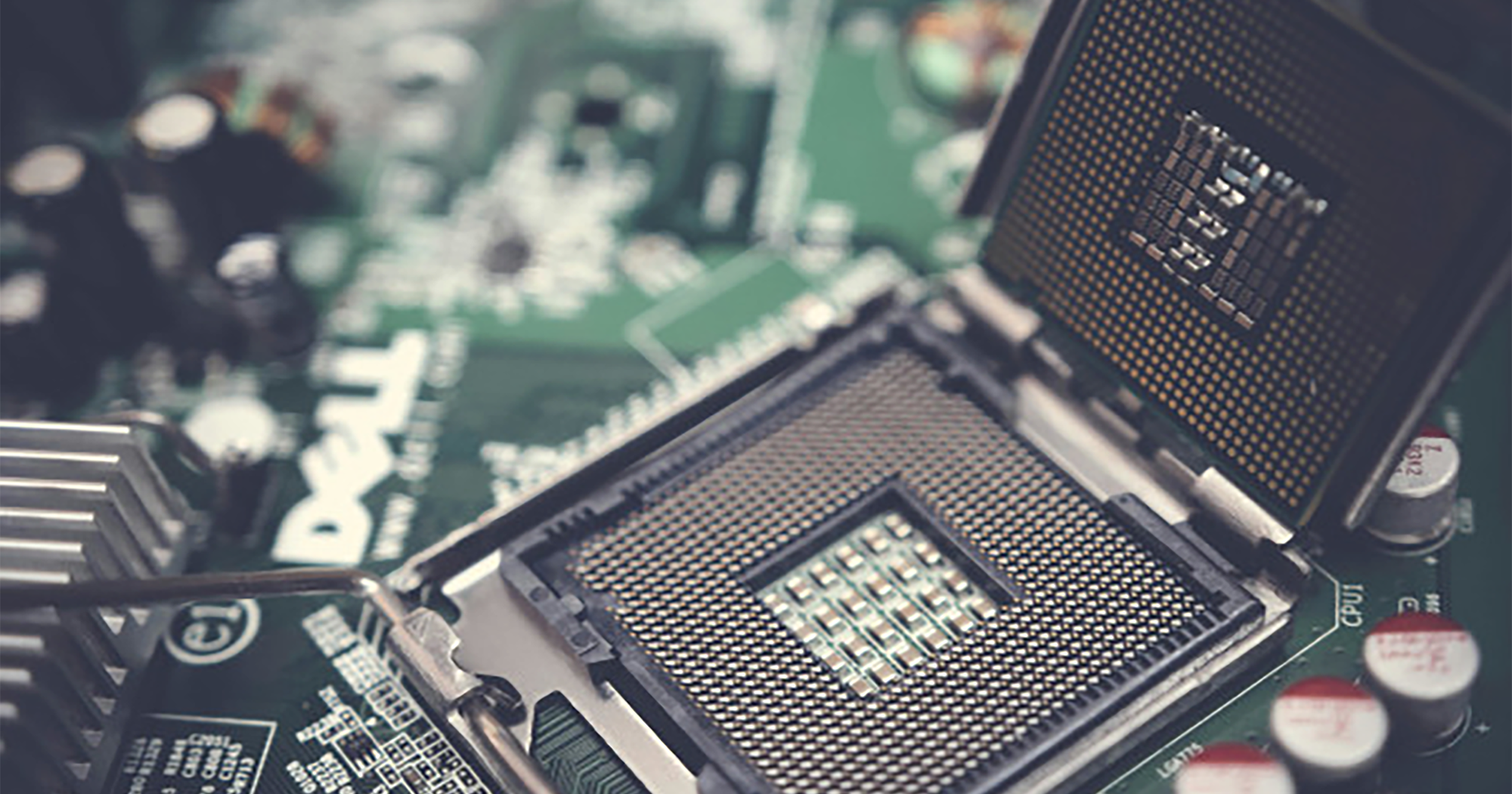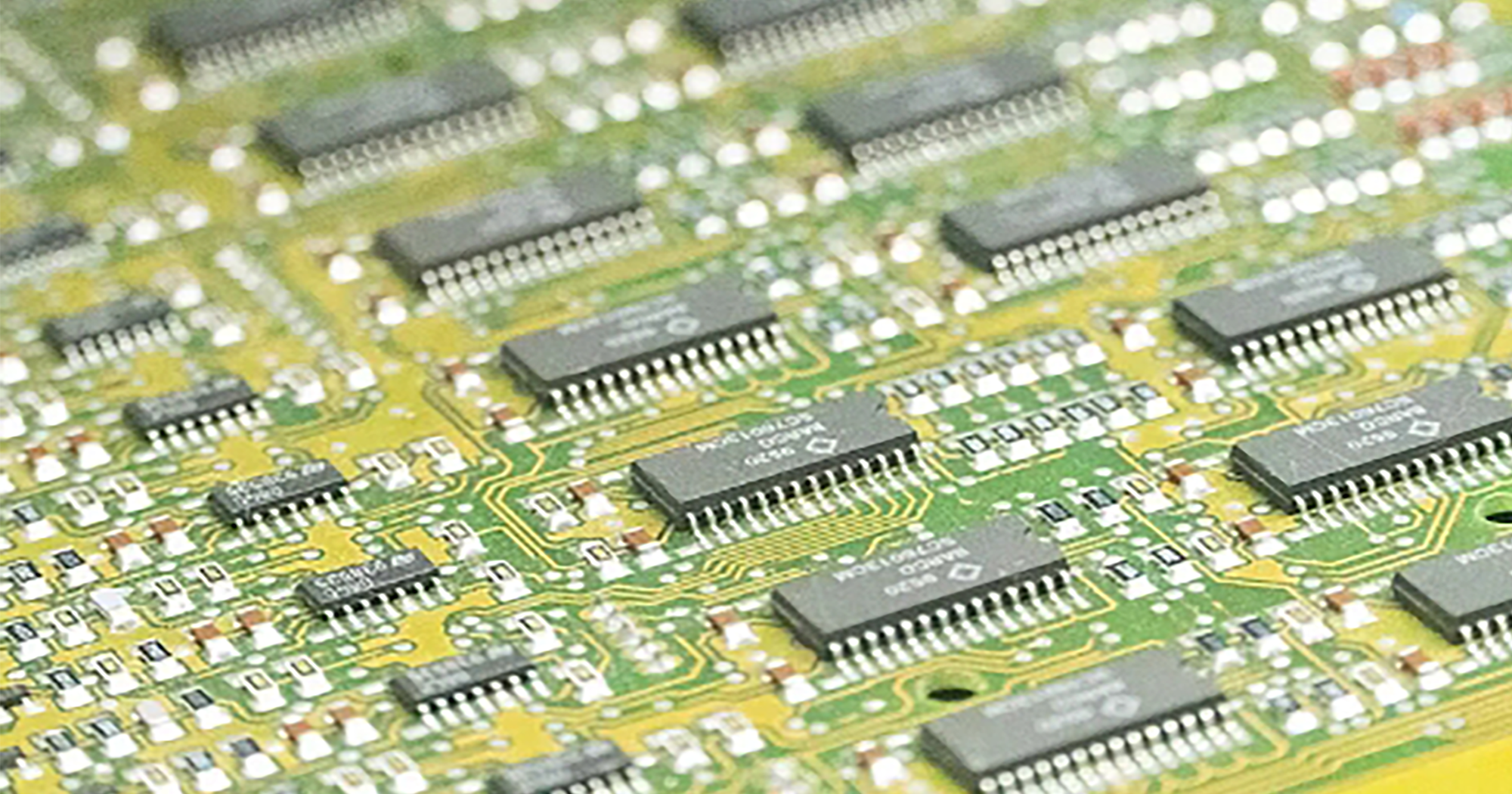Understanding Capacitance in Resonators: Why 15 pF Is Common?
In the electronics industry, resonators are critical components in many circuit designs, providing stability and precision in frequency generation. One key parameter to consider when choosing a resonator is its load capacitance, often expressed in picofarads (pF). This article will focus on the meaning of 15 pF in resonators, explain its significance, and explore how varying capacitance values impact circuit performance.
What Does 15 pF Mean in Resonators?
The 15 pF in a resonator specification refers to the load capacitance, which is the effective capacitance the resonator "sees" when connected in a circuit. This value is critical for determining the resonator's oscillation frequency, ensuring accurate and stable operation.
Load Capacitance Defined
Load Capacitance (CL): The total capacitance connected to the resonator, including the stray capacitance of PCB traces and the input/output capacitances of connected components.
For a resonator specified with 15 pF, the circuit should be designed to match this value to achieve the intended resonant frequency.
Why Is Load Capacitance Important?
The oscillation frequency of a resonator is influenced by the total load capacitance. If the actual capacitance in the circuit differs from the specified 15 pF:
Higher Capacitance: The resonator will oscillate at a lower frequency.
Lower Capacitance: The resonator will oscillate at a higher frequency.
This deviation can cause significant performance issues in applications requiring precise timing, such as communication systems, microcontroller clocks, and radio frequency (RF) circuits.
Comparing Different Capacitance Values
15 pF vs. Lower Values (e.g., 12 pF)
Frequency Impact: Lower capacitance values result in higher oscillation frequencies, which may lead to instability if the circuit is not properly designed.
Use Cases: Circuits requiring faster signal processing may opt for resonators with lower load capacitance.
15 pF vs. Higher Values (e.g., 18 pF)
Frequency Impact: Higher capacitance values result in lower oscillation frequencies.
Use Cases: Systems that prioritize frequency stability over speed may prefer resonators with higher capacitance values.
Why 15 pF Is Common
Industry Standard: Many resonators are standardized at 15 pF, making them compatible with a wide range of circuits.
Balanced Performance: 15 pF provides a good balance between frequency stability and circuit compatibility, making it a versatile choice for general-purpose applications.
Practical Considerations for Engineers and Buyers
Matching Load Capacitance in Circuit Design
When selecting a resonator with 15 pF load capacitance, ensure that the total capacitance in the circuit matches this value. This can be achieved by adjusting external capacitors or minimizing stray capacitance on the PCB.
Impact on Frequency Tolerance
Using a resonator with unmatched load capacitance can increase frequency deviation, reducing the accuracy of the system. Ensure that your design accounts for this critical parameter.
Supplier Specifications
Always verify the load capacitance specified by the manufacturer to ensure compatibility with your application. Differences in tolerance, temperature coefficients, and aging effects can also influence performance.
Applications of Resonators with 15 pF
Microcontrollers: Used as clock sources to ensure timing accuracy in embedded systems.
RF Modules: Provide stable frequencies for wireless communication devices.
Consumer Electronics: Ensure precision in devices such as smartwatches, cameras, and home automation systems.
Conclusion
Understanding the significance of 15 pF load capacitance in resonators is crucial for engineers and procurement professionals in the electronics industry. Selecting the correct capacitance ensures optimal performance, frequency stability, and system reliability. By comparing different capacitance values and considering your circuit's specific needs, you can make informed decisions to achieve the best results in your designs.
For more information or to request a quote, please feel free to send us an RFQ.
Some Model Numbers




